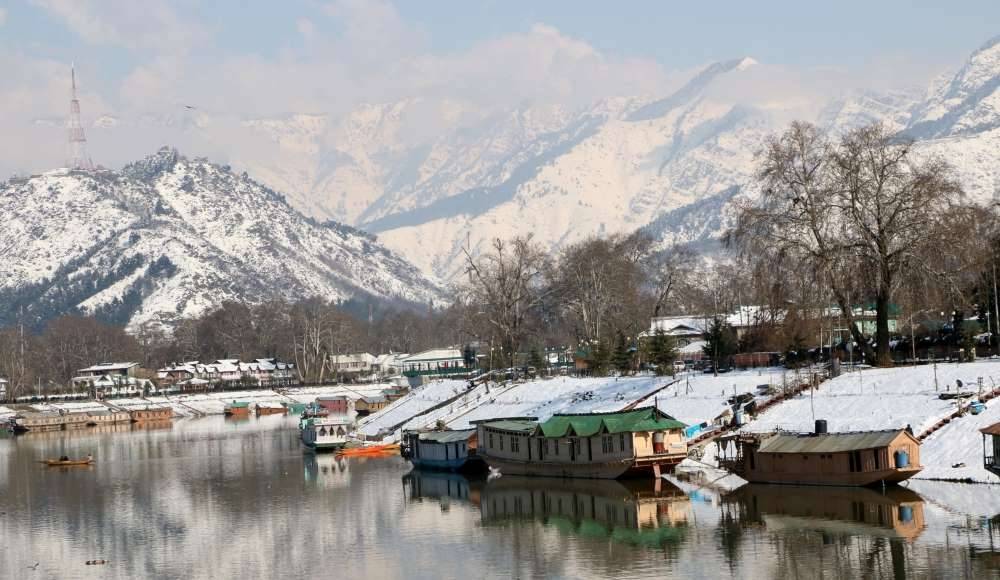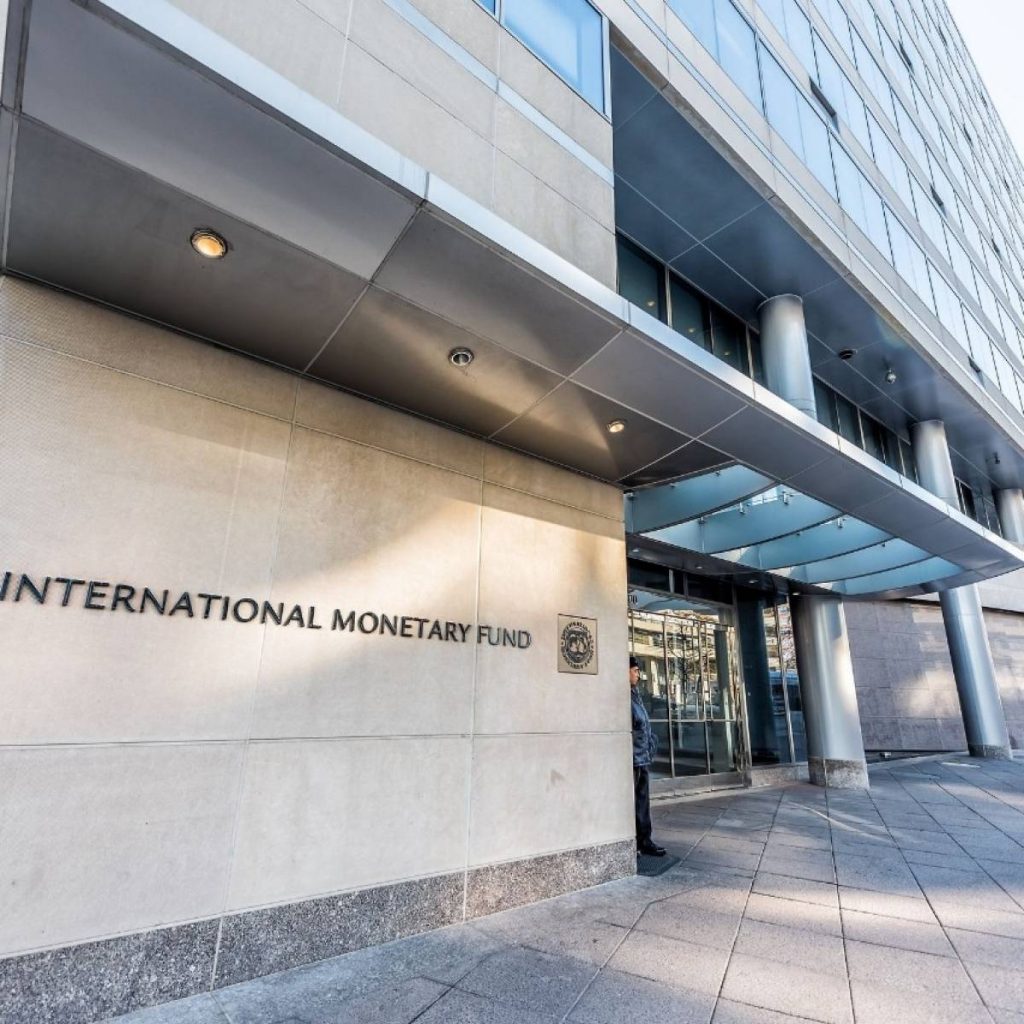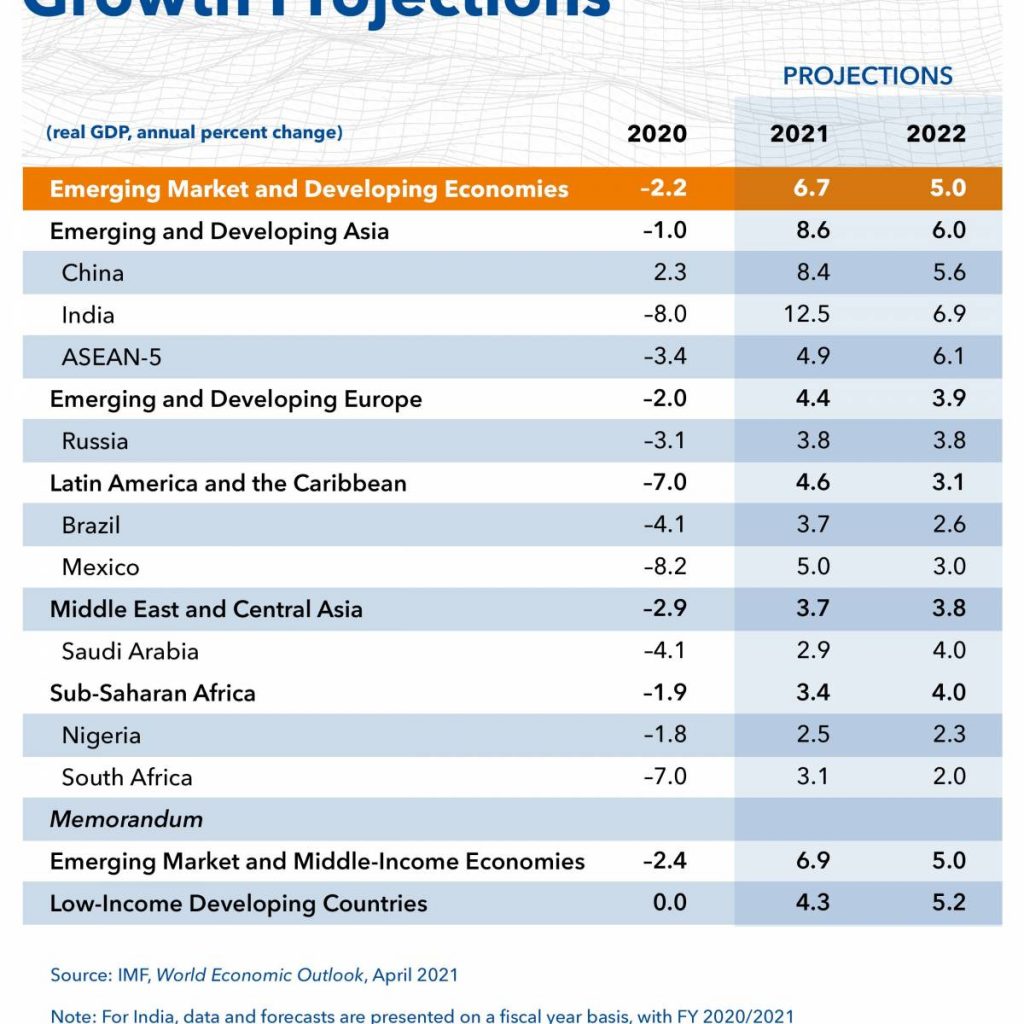One rather famous fair of this season is the Mela of Sudhmahadev, known as the Kudd of Sudhmahadev, a four-day long major cultural event of Chenani (Udhampur, J&K)…reports Asian Lite News.
Jammu and Kashmir is home to a blend of rich and diverse cultures. People of multi-religious, ethnic, lingual identities live here. The UT prides itself on its fairs and festivals which have great cultural, traditional, and religious significance. Prime Minister Narendra Modi has taken a special interest in bringing Jammu and Kashmir to the mainstream and integrating it with the rest of India.
One rather famous fair of this season is the Mela of Sudhmahadev, known as the Kudd of Sudhmahadev, a four-day long major cultural event of Chenani (Udhampur, J&K). The traditions of Chenani are closely linked with its cultural and religious heritage. The festival begins with a series of religious rituals called Jattars. Kudd is the folk dance of the region performed around a bonfire at night during the harvest season to pay regard to the Kul Devi – Devtas (local deities).
Back in the day, the Kings of Chenani used to participate in this Kudd, as Sudhmahadev was their summer camp office. With them, Kudd was popularized far and wide. The season is very pleasant at this time with large fields of maize and seasonal crops ready to be cut. It is said some evil entities called Zogans and Dyans harm the crops through rain, wind, storm, and unfavorable climate. To rid themselves of ill-effects the farmers show their gratitude to the Gods for the ripened crop and offer male sheep or goats in the hope to please Kul Devtas for prosperity and good yield of crops and protection from natural calamities. The picturesque Sudhmahadev and glories of Lord Shiva’s blessings on the locals at Sudhmahadev are also a reason for celebration. This year Kudd was held on September 10, 2021.
Celebration processions are carried through the villages with leaders carrying symbolic Iron made weapons of deities on their shoulders. The followers carry burning wood torches, Jagara, in their hands through dense maize fields, plains, and hilly slopes of the village in darkness shouting “Hos – Dayo – Hos – Dayo” without stopping till they reach Sudhmahadev.
While the main procession starts from Chorat, two other processions start from Kuna-Laid and Batal area towards Sudhmahadev. The leaders of the procession and tantriks called Dawala ease villagers’ concerns on safety and prosperity. They are continuing a tradition of centuries started by their ancestors in Rudhar area of Doda District. It is also the symbol of unity among the people in villages.
The Kudd of Sudhmahadev is held after all the Jattars are successfully wrapped up. It is unique in its setup and rituals and the Peer of Shri Shool Panishwar Shiv Ji Sudhmahadev Temple is honored greatly. The community dresses in the typical Dogra dress and Kudd dance is performed in a circle on different tunes of Dhol and Bansuri, along with Dogri singing, through the night under the open sky.
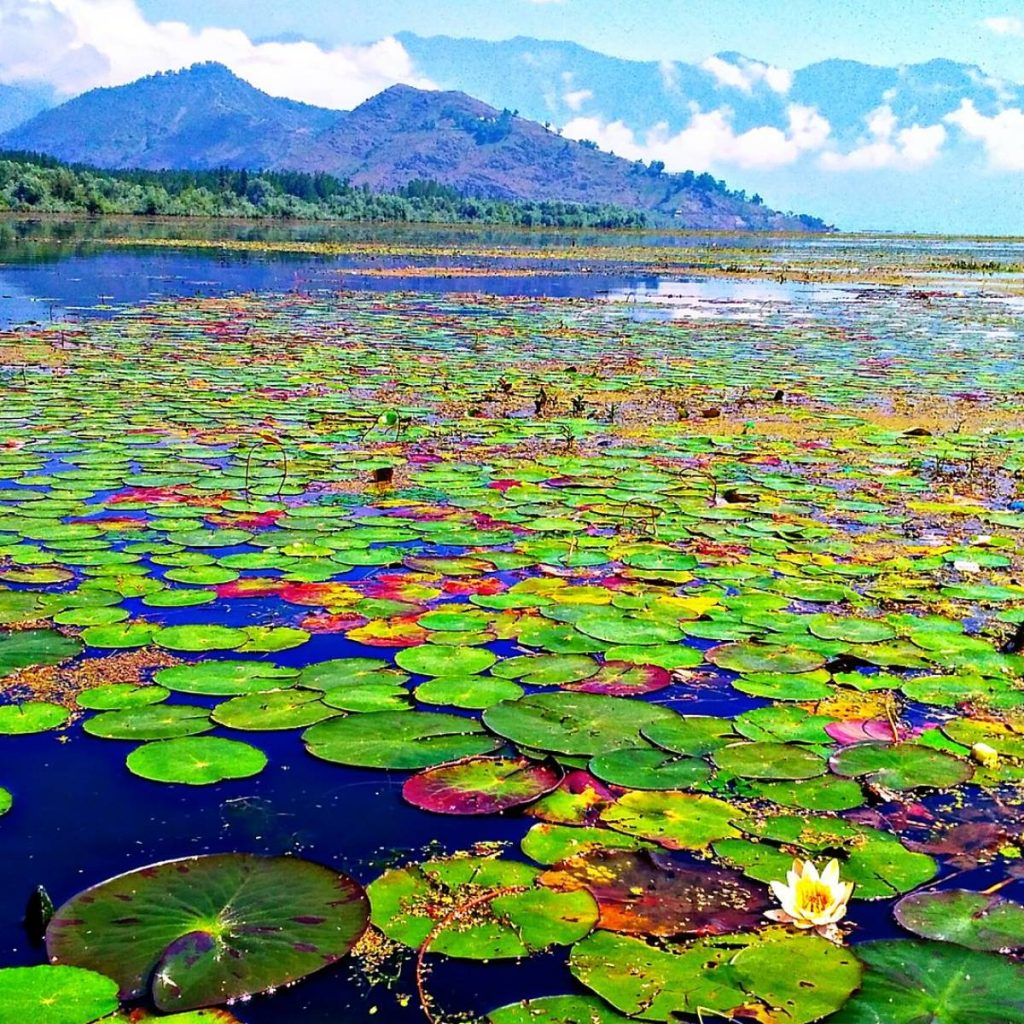
The bazaar of Sudhmahadev is beautified like a bride on this occasion. Bangle sellers, sweet shops, and fruit sellers raise stalls; the Gaddi, Gujjar, Sippy, and Kohli communities residing on hilltops all participate on this day. Local delicacies like Khameere, Ambal, Madra (lintel cooked in curd), Dal Patt, Kheer, Mitha Bhat (sweet rice) are served on the leaves of a wild fig tree.
After the dance, the people take a holy bath in Papnashni Bowli and seek blessings of Lord Shiva in Shri Shool Panishwar Temple, returning home in satisfaction of pleasing the Lord.
In the wake of spiritual tourism in the country, the Chenani-Sudhmahadev- Khellaini road project is in full swing, granting access to Sudhmahadev, Gauri Kund, and Mantalai temples to more people across India. It will help launch J&K to the rest of the country. Boost in employment and trade will uplift the socio- economic standard of the region.
The National Highways and Infrastructure Development Corporation Limited (NHIDCL), owned by the Ministry of Road Transport and Highways, are also eager to bring Udhampur in limelight as construction for an International Yoga Centre at Mantalai is underway.

But the region’s most awaited construction is the Zojila tunnel and the Z-Morh tunnel. The Zojila tunnel (between Baltal and Minamarg on the Srinagar-Leh section of the NH-1), will be Asia’s longest (14.15 km) and highest bi-directional all-weather tunnel on completion and will surpass the Atal tunnel at 11,575 feet above sea level. It will reduce travel time from 3.5 hours to just 15 minutes! Currently, the Chenani-Nashri tunnel is the longest bi-directional tunnel in Asia standing at 10.89 km. The Z-Morh, another bi-directional 6.5 km tunnel, will allow all-weather access between Srinagar and Kargil (between Gagangir and Sonmarg).
Both projects are being built to the highest safety standards with provisions for escape tunnels under NHIDCL, and are expected to be completed by December 2023. These tunnels will further boost tourism and convenience and put the region on the world map. Ladakh’s harsh winters separated it from the rest of the country for six months in a year, but with this project accessibility to the region will be highly improved. Added to this J&K Lt. Governor Manoj Sinha has announced that Kashmir will be connected to Kanyakumari by train by the end of 2022.
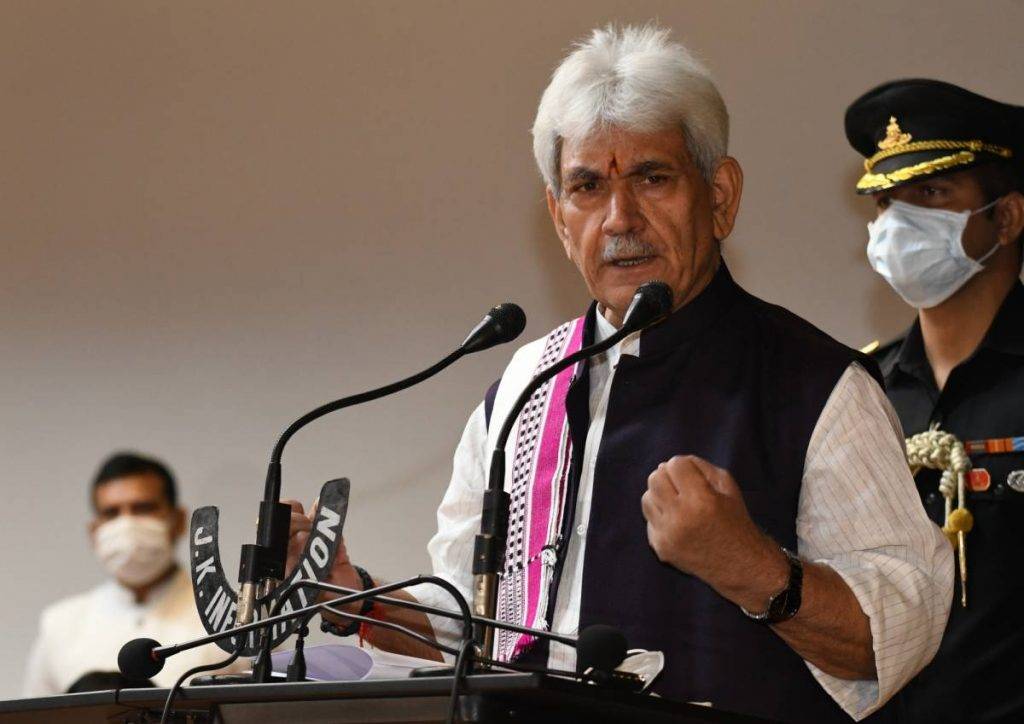
With the liberal funding of GOI Union Minister Nitin Gadkari showed a green light to projects worth Rs 3,612 cr in the UT, including the Srinagar Ring Road project. It will help upgrade the existing carriageway on the Baramulla-Gulmarg section of National Highway-701A; the construction of a new double lane bypass from Donipawa via Ashajipora connecting NH-244 and NH-44; the construction and upgrade of a 28 km stretch from Vailoo to Donipawa on the Khellani-Khanabal section of NH-244. The UT is going through tremendous developments after the revocation of Article 370, ensuring a stable ecosystem that rewards hard work and the products of the people.
ALSO READ-Kashmir Invites Globetrotters

